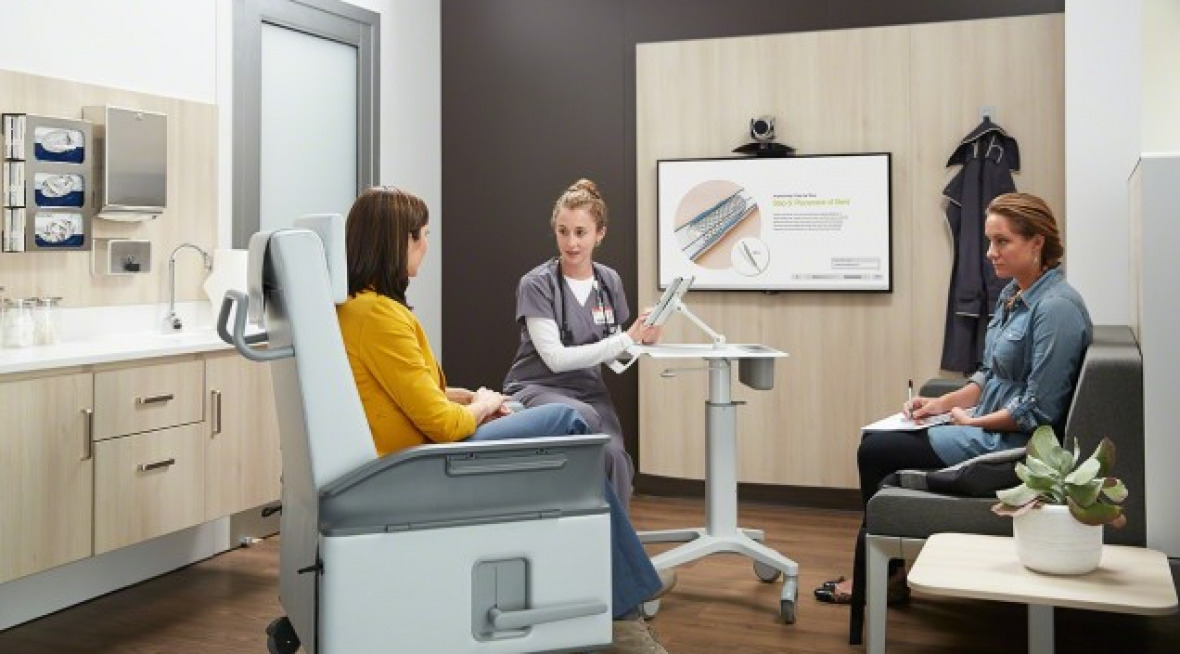 It’s the $3 trillion question. How can Americans get better health care for less money? A recent issue of TIME magazine shines the spotlight on a healthcare startup that is attempting to redefine the role of the primary care physician, and in the process, revolutionize the industry.
It’s the $3 trillion question. How can Americans get better health care for less money? A recent issue of TIME magazine shines the spotlight on a healthcare startup that is attempting to redefine the role of the primary care physician, and in the process, revolutionize the industry.
At the core of the problem is the rate of burnout amongst primary care physicians. According to a 2012 survey by the Urban Institute, nearly a third of all frontline physicians ages 35 to 49 expect to quit within the next five years.
Why the burnout rate is so high shouldn’t come as a surprise:
Like so many others in his field, (Bliss) came to feel that he wasn’t in the business of caring for patients at all. His job was to feed payment codes into the grinding machinery of the insurance companies, rushing from exam room to exam room, ordering tests, making referrals, scheduling follow-up visits in which the cycle would be repeated. He knew that a proper exam, with time for counseling and questions, can take 45 minutes or more. Yet even a 15-minute session became a luxury.
The startup in Seattle, Qliance, is attempting to circumnavigate this system and its complexities, in part by taking the recent trend of concierge medicine and flipping it on its head.
The idea is deceptively simple: Pay frontline doctors a fixed monthly fee directly instead of through the byzantine insurance bureaucracy. Make the patient, rather than the paperwork, the focus of the doctor’s day. The result will be happier doctors, healthier patients and a striking reduction in wasted expense.
For a flat fee every month, patients have unlimited access to their doctor–in person and by phone or email–for routine things like checkups, cuts and burns, infections, flu shots and skin exams, as well as chronic-condition maintenance like blood tests for diabetes or high cholesterol. With the increased adoption of mobile technology among clinicians, and healthcare environments that support its use, this idea of access to your doctor by phone or email becomes much more attractive.
The key is making patients, not paperwork, back to being the focal point in healthcare. Those burnout rates are startling, but by redefining the way the healthcare industry operates, “happier doctors and healthier patients” is an achievable goal.
The post Fixed Fees and More Patient Interaction Key to Fixing Healthcare? appeared first on Steelcase Health – Healthcare Furniture.

